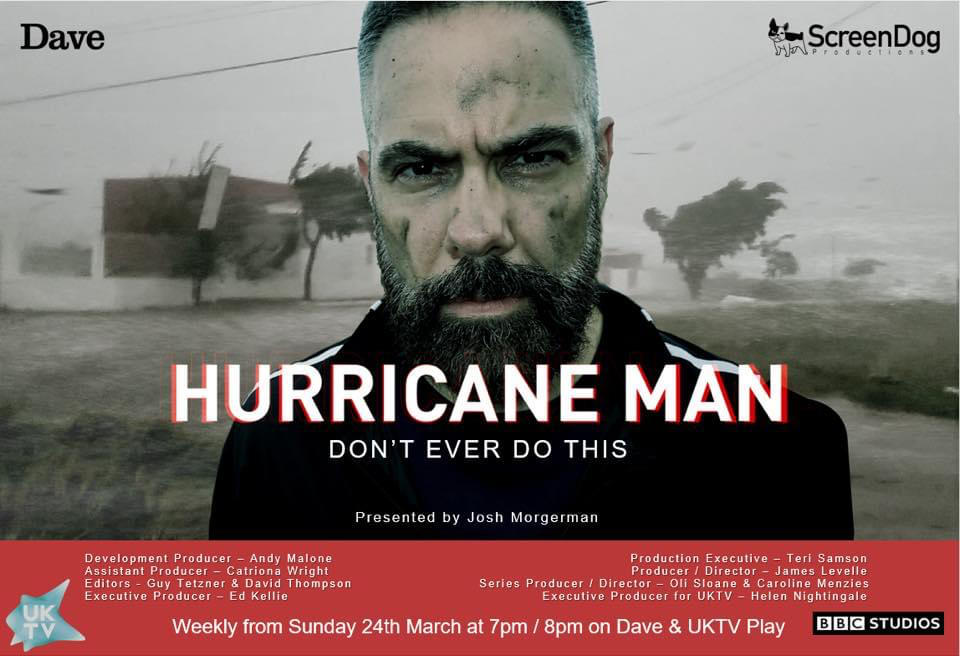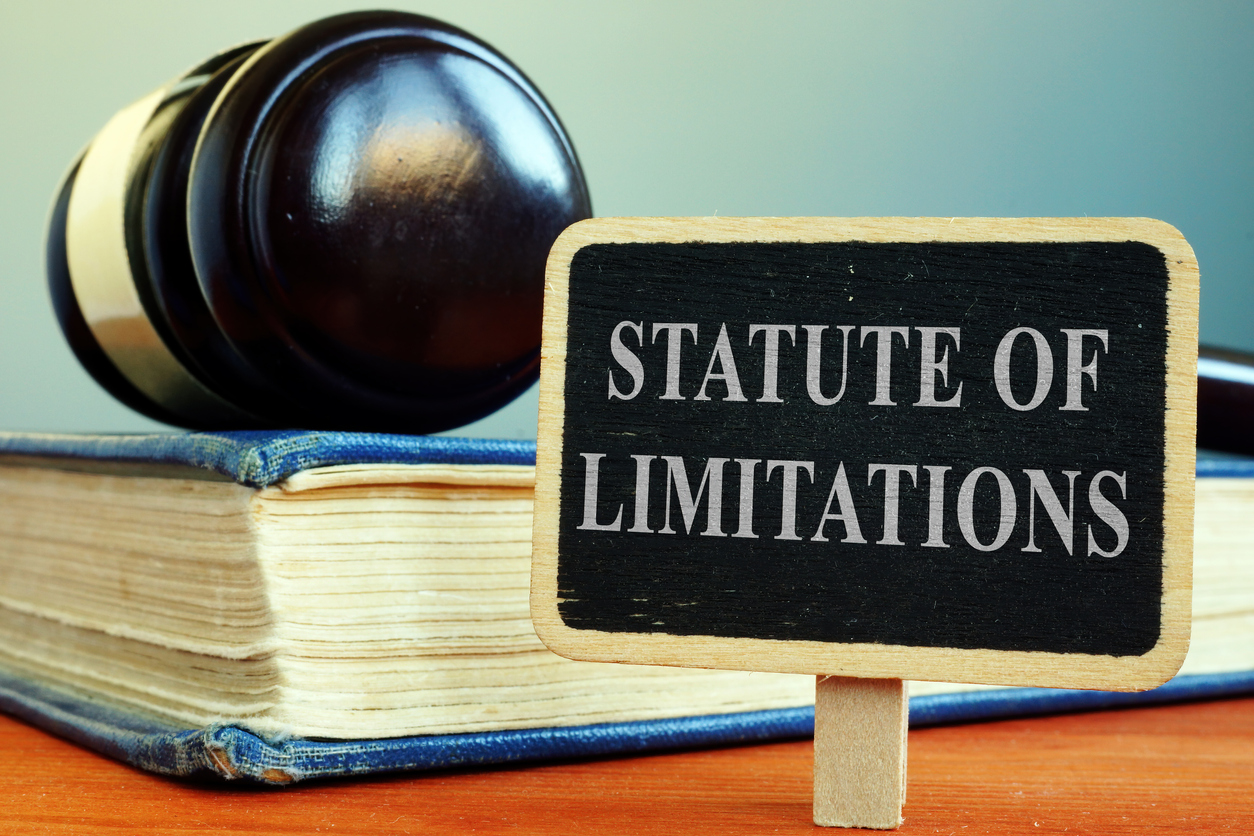The Windstorm Insurance Conference ended yesterday. It was a huge success with insurance industry claims representatives, property insurance attorneys, engineers, restoration contractors and insurance appraisers all participating with various views and debates on the cutting edge of windstorm claims. My hat is off to President Melissa Sims and the rest of the Windstorm Board for having the courage and taking a chance on a property insurance claim conference live event as we come out of the pandemic.
Josh Morgerman was the keynote speaker. He simply intrigues me. It is not just his insane act of hurricane chasing. He somehow gets himself positioned so that he is in the hurricane eyewall and rarely misses the mark. Hurricanes wobble, move great distances, and are difficult to predict exactly where the eyewall will go so that this feat of accomplishment—being in the eyewall, hurricane after hurricane—is amazing to me.
How does he survive this and not get literally blown away? I made the following notes during his speech with 8 tips he provided to the audience:
- Cover the windows – shutters are best and boards are okay. Tape on windows is a waste of time.
- Ride out a hurricane in the core of a building. Exterior areas are damaged more severely. Treat a hurricane like it is a tornado.
- Know the difference between a direct hit and a near miss. A few miles can mean a big difference regarding the wind speed and how dangerous the storm is to you.
- Do not stand/park next to a building. There is no safe place outside in a hurricane. Keep away from entryways and canopies.
- Do not ride-out a hurricane in a car. Cars can be buried, flipped, and penetrated.
- Urban areas have swirling winds. Debris flies in every direction. There is no “downwind” safe zone in urban areas.
- Whiteouts still have flying debris, including flying cars! Do not get mesmerized by the bizarre sight of a whiteout because it is extremely dangerous.
- Great engineering, the quality of construction methods, and building materials are extremely important to how much wind damage will occur. An ounce of prevention through quality construction is worth a pound, if not your life, of safety.
I noticed Morgerman did not mention a tip to get to a place which is higher than the storm surge. Maybe he just took that tip for granted after giving the statistics of the high number of deaths caused by storm surge from hurricanes.
Wikipedia has this information about Morgerman’s iCyclone and Hurricane Man endeavors:
Since 1991, Morgerman has been chasing tropical cyclones. His goal is to “core punch” the storms and record atmospheric pressure and document the experience. With no formal education in meteorology, Morgerman’s cyclone chasing is a passion project. All of his experience is in the field, though he advertises himself as an “adrenaline junkie”. In an interview with The Washington Post in 2012, he stated this to be the primary motivator for chasing.
He often relies on his instincts backed up by years of chasing cyclones. Morgerman leads the iCyclone chase team. Members include his “right-hand guy” Scott Brownfield who coordinates logistics or assists on chases, meteorologists Adam Moyer Jorge González who provide forecasting information….In 2013, iCyclone expanded their chase region to East Asia…They ultimately intercepted four typhoons in one month including Typhoon Haiyan which devastated the Philippines. Since 2014, his chasing has been funded by multiple media agencies including CBS, the Weather Channel, and WeatherNation. Morgerman conducted his first Australian chase in 2017, intercepting Cyclone Debbie in Queensland.
…
In October 2018, UKTV announced a new television docuseries starring Morgerman to be aired on the network channel Dave. The eight-episode show, titled Hurricane Man, chronicles Morgerman’s chases in 2018 across the world. A film crew accompanied him on his chases. The series is produced by ScreenDog Productions and distributed by BBC Studios. In addition to following Morgerman’s experiences, the show also focuses on victims of the storms, sharing their experiences and how they’re coping with its aftermath.
Morgerman acted more carefully during his chases with the film crew present, feeling responsibility for their safety. The show premiered in the United Kingdom on March 24, 2019, and June 12 in Australia on BBC Knowledge. The show debuted on September 15 in the United States on the Science Channel. The series’ first two episodes focus on 2018’s Category 5 Hurricane Michael and its effects in Panama City, Florida. (Footnotes omitted)
I am a fan of Josh Morgerman and encourage others to follow him on iCyclone.com. He contributes his data to scientists and meteorologists who study hurricanes and the destruction they cause. I wish him well because he is certainly choosing to play in the path of danger while collecting valuable information which can help us better understand these windstorm monsters, how to survive them, and how to harden our structures from damage.
I hope all involved with windstorm claims will make it to the next Windstorm Conference in 2022. It is the event where the “who’s who” of windstorm claims show up, share, and debate ideas about windstorm claims processes.
Thought For The Day
All men dream, but not equally. Those who dream by night in the dusty recesses of their minds, wake in the day to find that it was vanity: but the dreamers of the day are dangerous men, for they may act on their dreams with open eyes, to make them possible.
—T.E. Lawrence




